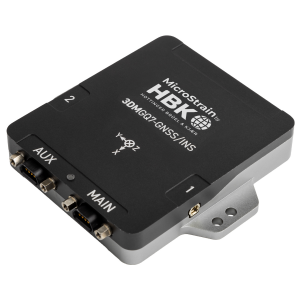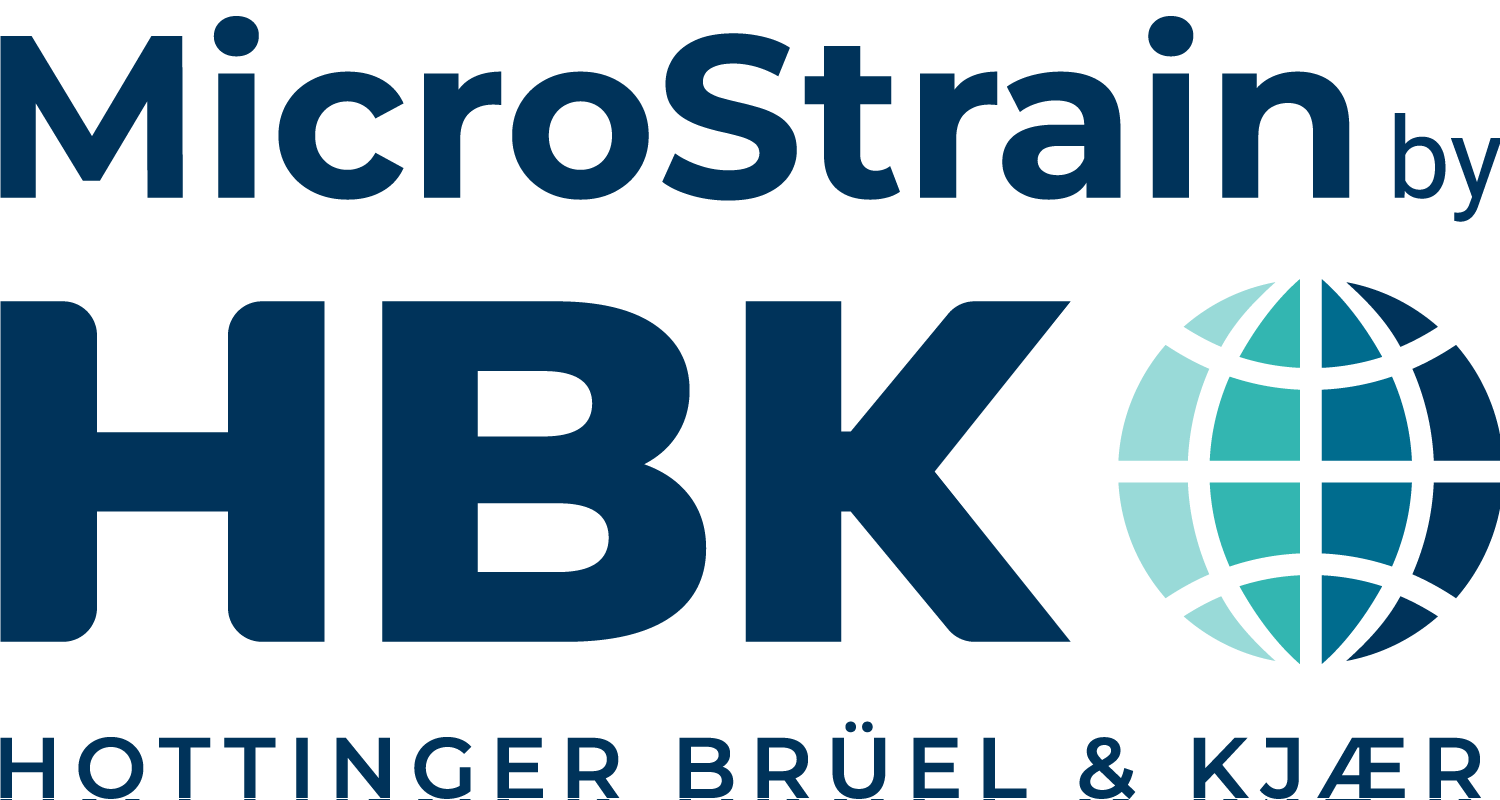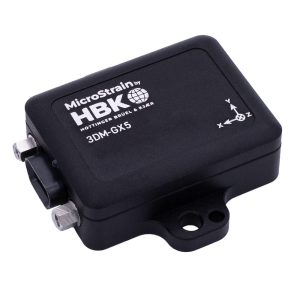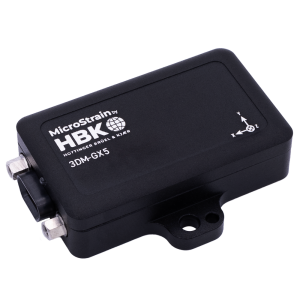

How Your Navigation Accuracy Depends on the Kalman-Filter
Kalman filter performance is a major contributor to overall navigation accuracy. A well-designed algorithm can make a product easier to use, more robust in challenging navigation environments and ultimately provide better navigation performance. However, this critical aspect of an INS is often overlooked when selecting a product, mainly because it's hard to distil into a single datasheet value.
Customers are generally looking at specifications such as bias instability, static GNSS position accuracy, and IMU temperature performance to help guide them. If they're lucky, a manufacturer might publish an application test report, or a GNSS outage performance specification, which give a little more insight into real-world performance. One critical factor that customers need to look for in the Extended Kalman Filter (or comparable sensor fusion algorithm) implementation is the use of a loose or tight coupling.
A Basic Overview on Sensor Fusion
At their core, most sensor fusion algorithms are trying to answer the same question: Given a set of measurements and associated measurement uncertainties, what is the most likely system state? In an INS, the "system state" includes values like position, velocity, and attitude. The measurements are inputs such as GNSS position and velocity, accelerometers, and gyroscopes. It's important to note that these algorithms are probabilistic in nature, not absolute. Every measurement has an uncertainty, an indicator of how much the algorithm can "trust" that measurement. The lower the uncertainty, the more impact measurement will have on the system state.
Loose vs Tight coupling
The main difference between a loosely coupled and tightly coupled sensor fusion algorithm is the type of GNSS measurement they consume. In a loosely coupled application, the filter uses the position and velocity estimates calculated by the GNSS receiver. A tightly coupled filter uses the raw GNSS measurements from the receiver, such as the satellite pseudo ranges and Doppler observables. In simple terms, a pseudo-range measurement is an approximate distance from the receiver to the satellite. A Doppler shift measurement is a relative velocity between the receiver and the satellite. Basically, by distilling the GNSS data down to a position and velocity measurement, a loosely coupled filter is discarding important navigation information that could have been used to improve the filter solution.
Tightly coupled filters are important for two main reasons:
- Limited satellite coverage: In the scenario where the GNSS receiver doesn't have a valid 3D fix, individual satellite measurements can still be used to constrain the system. In challenging GNSS environments with a limited sky view, a tightly coupled filter will provide a more stable solution.
- Better outlier rejection: In calculating the position and velocity solution, the GNSS receiver is actively trying to remove poor satellite measurements from its own solution. However, it doesn't have inertial data to aid in determining which measurements are valid. For example, in an environment with extensive GNSS multipath error, a tightly coupled filter can be better at removing invalid satellites from the navigation solution.
3DM-GQ7
Some INS manufacturers use a loosely coupled EKF, primarily due to the simplicity. Tightly coupled implementations require extensive development, more computational power, and a GNSS receiver that reports raw measurements. Our new 3DM-GQ7-GNSS/INS implements an advanced, tightly coupled, RTK capable EKF that can provide robust navigation performance, even in challenging dynamic navigation environments.
Do you have questions about this case study?
Get in touch with MicroStrain by HBK, and they would be happy to answer any questions you have about pricing, suitability, availability, specs, etc.






![Do-Giant-Tortoises-Make-Good-Neighbors-1[1].jpg](https://cdn.geo-matching.com/vRMO2Edp.jpg?w=320&s=a6108b2726133ff723670b57bc54c812)



